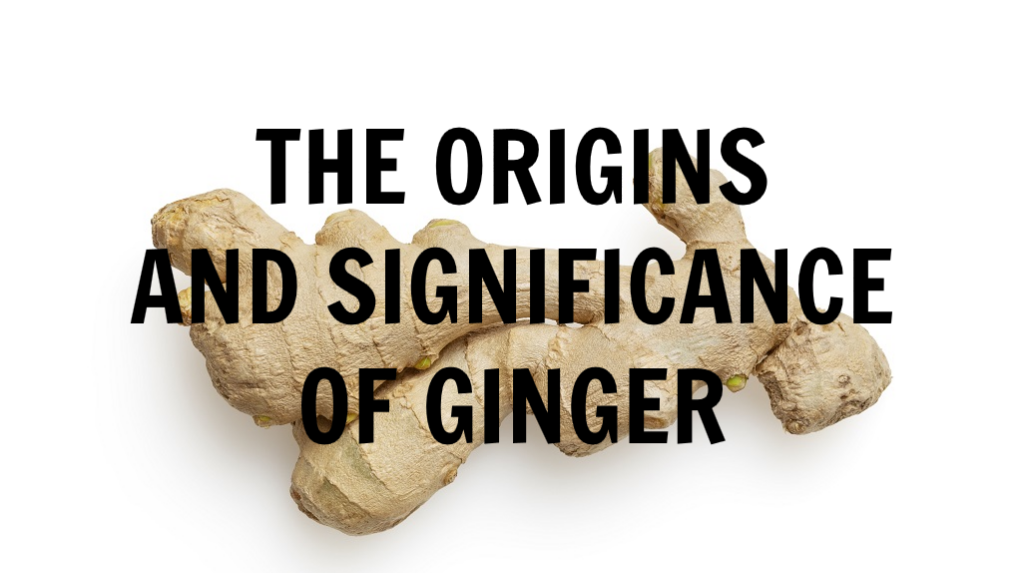Ginger, scientifically known as Zingiber officinale, is a versatile and widely used spice that has left an indelible mark on human civilization for centuries. Its distinct aroma, pungent taste, and numerous health benefits have made it a staple ingredient in various cuisines, traditional medicine systems, and cultural practices worldwide. Here we will explore the fascinating history of ginger, tracing its origins, migration, cultural significance, and commercial importance. By delving into historical records, botanical studies, and archaeological findings, we will gain a deeper understanding of ginger‘s journey across time and its impact on human societies.
Origins of Ginger
The exact origins of ginger remain a subject of debate among scholars and botanists. However, it is widely believed to have originated in Southeast Asia, specifically in the regions now known as India and China. Ginger thrives in tropical and subtropical climates, and its cultivation gradually spread to other parts of the world.
Ancient Uses and Trade
Ginger’s use dates back thousands of years. Ancient texts from China, India, and the Middle East reveal its wellness properties and culinary applications. In ancient China and India, ginger was considered a valuable herb and was included in wellness regiments of traditional herbalists.
The trade routes of the ancient world played a crucial role in the dissemination of ginger. As early as the 1st century AD, the lucrative spice trade connected India, China, and the Roman Empire. Ginger, along with other spices, was highly sought after and played a significant role in the economic exchanges between the East and the West.
Ginger in the Middle Ages and Renaissance
During the Middle Ages, ginger‘s popularity continued to grow. Arab traders introduced it to Europe, where it became a cherished ingredient in both savory and sweet dishes. Its pungent flavor helped mask the taste of preserved meats, making it an important component of medieval cuisine.
Ginger’s association with exoticism, wealth, and power led to its prominent use in feasts and banquets of the European nobility. It was also used in brewing and distilling, contributing to the creation of various alcoholic beverages such as ginger wine, ginger beer, and ginger ale.
Ginger in Traditional Medicine
Ginger‘s medicinal properties have been recognized for centuries, making it a cornerstone of traditional medicine systems. Ancient and medieval medical texts from different cultures document its uses for aiding in digestive, respiratory, and immune functioning.
In traditional Chinese medicine, ginger was believed to strengthen the body’s vital energy. In ancient India, ginger was known as “vishwabhesaj,” which means “universal medicine” due to its ability to balance the body’s humors. Ginger’s therapeutic reputation spread to other regions, including the Arab world and medieval Europe.
Modern Cultivation and Commercialization
With the age of exploration and the establishment of colonial trade routes, ginger found its way to new continents. European colonizers introduced ginger to the Americas, Africa, and the Caribbean. Today, ginger is cultivated in various countries, including India, China, Nigeria, Indonesia, and Jamaica, among others.
Ginger’s popularity in modern times extends beyond culinary uses. The spice industry has flourished, with ginger being utilized in a range of products, including confectionery, beverages, pharmaceuticals, and cosmetics.

I like to take at least one ginger shot a week
Ginger is like a miracle elixir. Put it with kratom and it’s a match made in heaven!